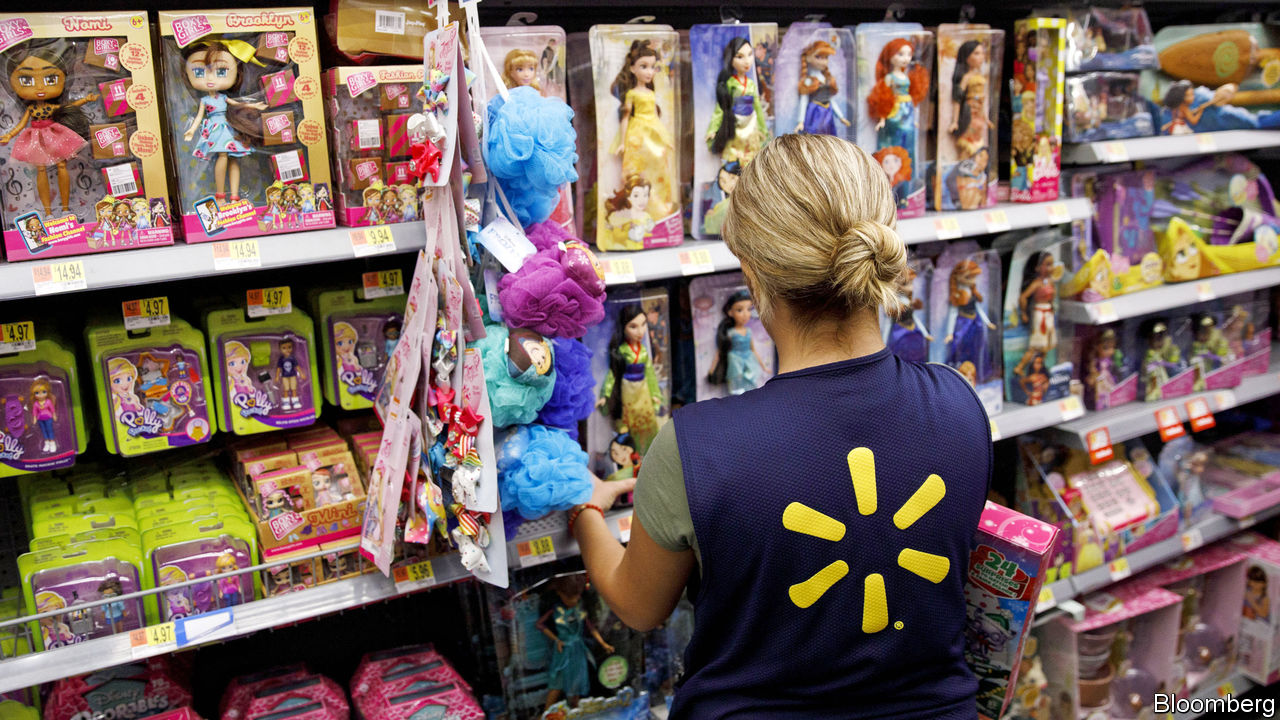
Shashauna
Phillips, a 43-year-old single mother in Charleston, South Carolina, loves her
job at Walmart. There is just one problem. As a customer-service manager,
responsible for supervising cashiers and keeping customers happy among other
things, she is rarely given consistent working hours. “One week I might have
four days on the schedule and the following week I might have two,” Ms Phillips
says. “It makes my life a struggle.”
Things may be getting better. Walmart has
launched a new scheduling system that will give its 1.5m domestic workers more
predictable shifts.
Over the
past decade, American big-box retailers, supermarkets and fast-food chains have
relied on workforce-management software to match worker supply and demand. Such
systems boost profitability by scheduling only the minimum number of employees
needed to keep lines moving and cash registers ringing. But they also encourage
practices like keeping workers on-call for shifts that may never materialise,
or sending them home early when business is slow. This kind of just-in-time
scheduling is widely disliked by workers. A study published in 2017 found that
the average worker is willing to give up 20% of wages to avoid an irregular
schedule set by an employer on short notice.
Lawmakers
in Congress have left the question for companies to resolve. Some companies
have implemented reforms in response to public pressure. In 2014 Starbucks
announced an end to “clopenings”, the practice of scheduling an employee to
close a shop late in the evening and return hours later to open it the next
morning. The next year, more than a half a dozen retailers including
Abercrombie & Fitch, J.Crew and Victoria’s Secret agreed to end on-call
scheduling after New York’s attorney-general began investigating the legality
of the practice.
This system
cuts costs in the short term, but may also lead to higher employee turnover,
absenteeism and poor service. A recent paper by Mr Kesavan and others found
that employee-friendly scheduling—keeping shifts more consistent and allowing
workers to swap shifts via a mobile app—boosted sales at a group of Gap stores
by an average of 7%.
As wages rise, and workers become more scarce in the USA, more
employers are likely to learn this lesson. “When there are no jobs around,
workers have to put up with unpredictable schedules,” Mr Kesavan says. Now,
“they can walk across the street to another retailer.”
From The Economist (edited)
